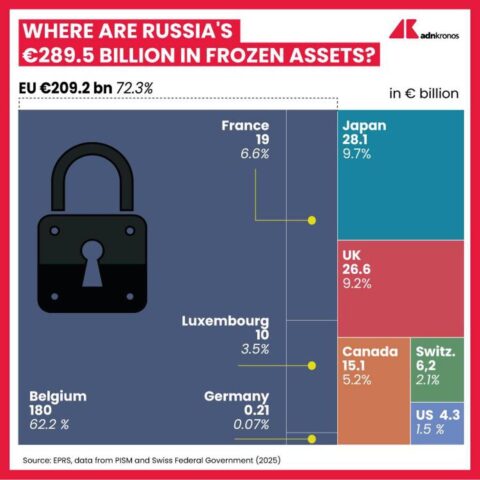(Adnkronos) – The Myanmar junta has announced a temporary ceasefire in the fight against armed groups opposed to its rule, as the country grapples with the aftermath of the devastating earthquake that struck the Asian country last Friday.
The junta said in a statement that the ceasefire will be in effect from today until April 22 “with the aim of accelerating relief and reconstruction efforts and maintaining peace and stability” after the earthquake that killed nearly 3,000 people.



